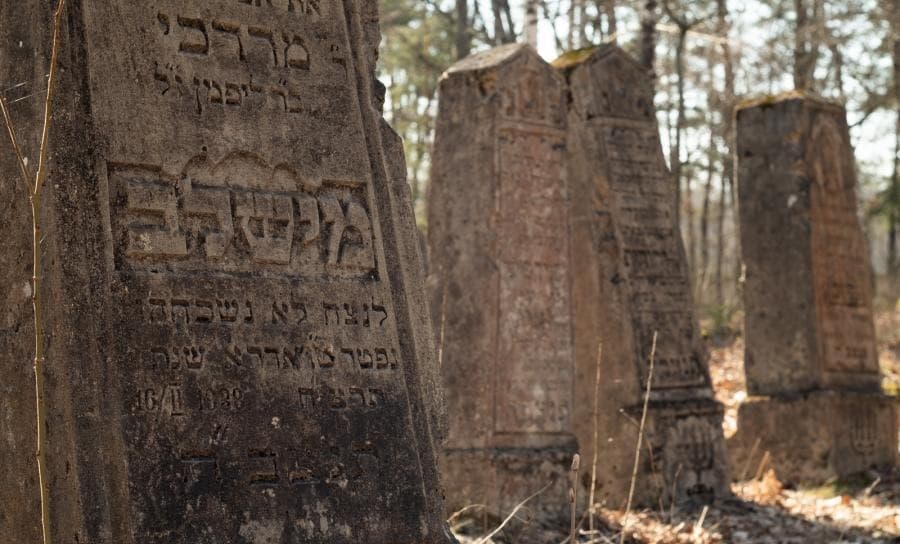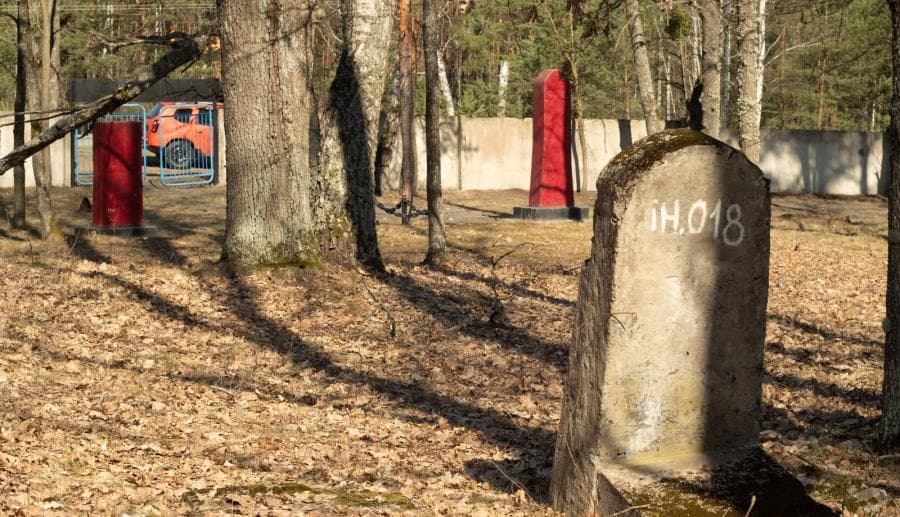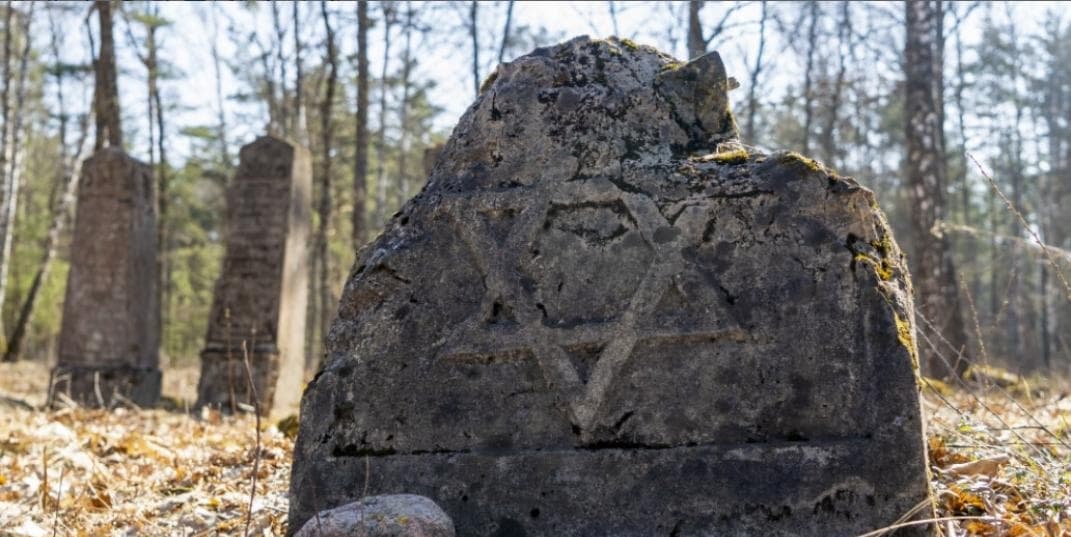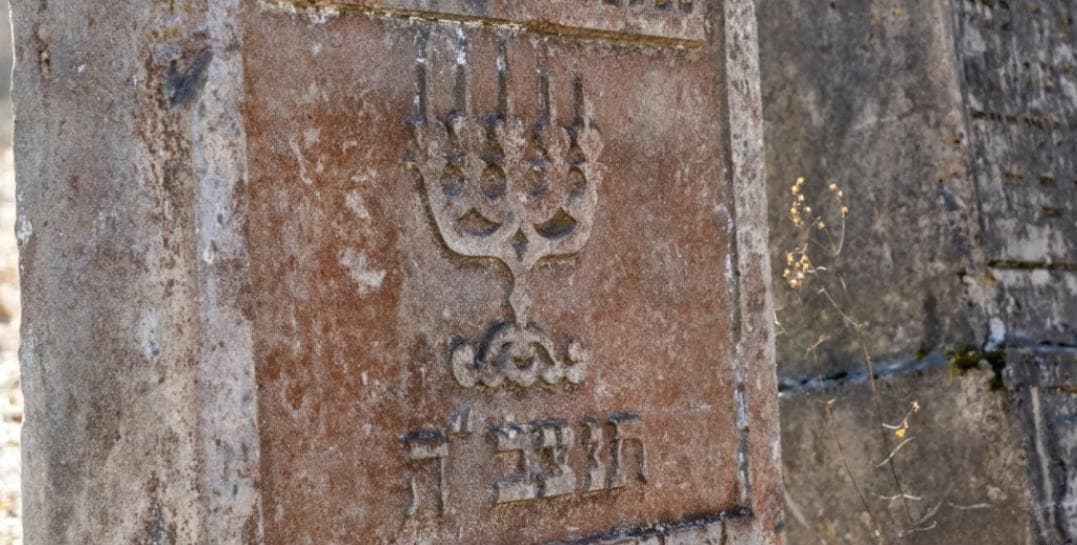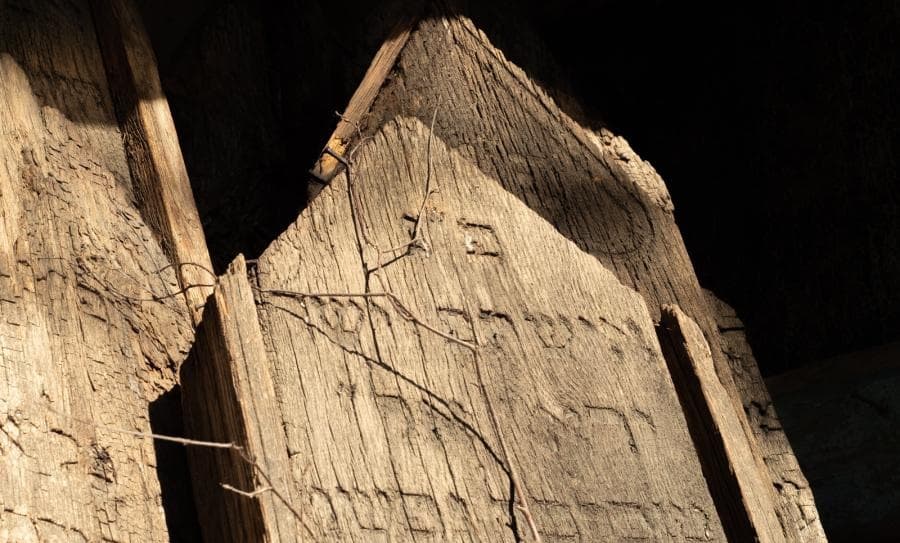Lenin. An ancient Jewish cemetery and chapel.
Memorial
Belarus, Gomel region, Zhitkovichi district, Lenin agro-town
Description
In the village of Lenin, Zhitkovichi district, you can see one of the oldest Jewish cemeteries in Belarus. This is the only cemetery in Belarus where wooden gravestones (matsevs) have been preserved. According to historians, the oldest burials date back to the second half of the 16th century, and the last to 1943.
Categories
Historical
Comments
Reviews to the Place
1Ольга Ерёменко
12.03.2025
The Jewish cemetery in Lenin.
Lenin's history dates back to the first half of the 16th century. Then it was the domain of Prince Yuri Olelkovich. This name has been preserved since the days when there was a simple tract here and nothing to do with the leader. It had no Soviet power.
There is a version that Vladimir Ulyanov decided to take his pseudonym after meeting with Jews from the village of Lenin in 1895. At one time, the village of Lenin belonged to the Radziwills, and managed to visit the Grand Duchy of Lithuania, the Polish-Lithuanian Commonwealth, the Russian Empire, under the Poles and Germans of the Soviet government. But most of all it has to do with Jewish history.
Before the Nazi occupation, about a thousand Jews lived in Lenin, there was a Jewish school and there were two synagogues. Now the only reminder of the local Jewish roots is the cemetery.
The cemetery in Lenin was founded back in the 16th century. Of particular value are the Jewish wooden monuments, which have been preserved in an amount of 30, and their age can reach 200 years. Wooden matsevs are made with a special embossing technique. There are only two places in the world where such historical artifacts have been preserved - Unecha in Russia and Lenin village in Belarus.
Currently, the tombstones are no longer in very good condition. Those who know Hebrew will still be able to read information about the people buried here. Concrete matsevs can also be seen among the wooden monuments. Their condition is much better than those made of wood. The atmosphere in the old Jewish cemetery is mystical. Everything here speaks of abandonment. Some of the matsevs were moved under a canopy - they were simply picked up from the ground to protect them from rotting.
During the Great Patriotic War, the German authorities set up a ghetto here, and on August 14, 1942, more than 2,000 Jews were shot. Only 28 people were able to escape. Today, the descendants of these people live in different countries of Europe and Israel, but sometimes on August 14, they come to the village of Lenin to honor their dead relatives. Some surviving objects and artifacts from that time can be found in the Museum of Jewish History at the local school.
There is also an Orthodox cemetery in Lenin, where the Holy Cross Chapel of 1871 is located. It was built in honor of the abolition of serfdom and is now also living out its life. The chapel resembles stone temples with its architectural features, which is quite unusual for the Polessky school of architecture. The chapel's appearance is defined by the features of the retrospective Russian style, including four bulbous domes located around the central dome. They wanted to move her to the museum of Folk Architecture and Everyday Life near Minsk, but they were afraid that she would not survive the move. A replica of the chapel can be seen on the central square in the city of Zhitkovichi.


